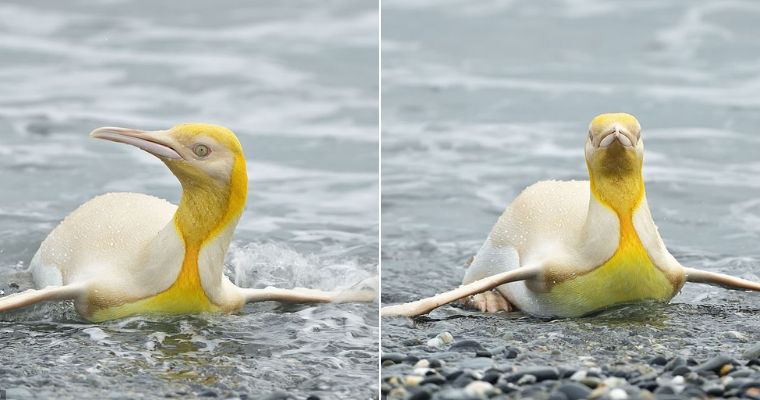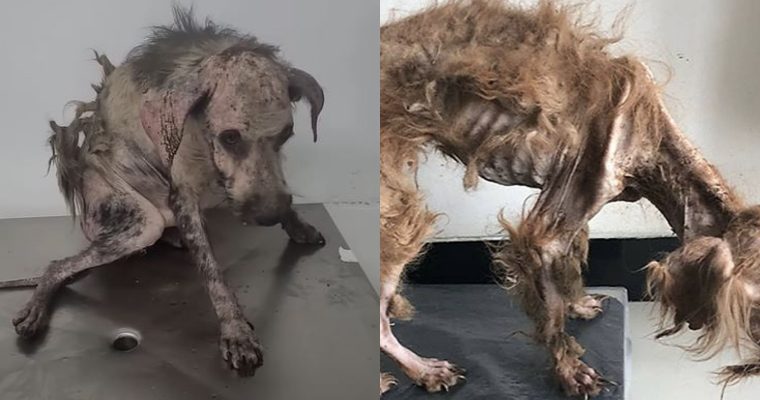In lab experiments, the brainy birds carried a stick and scooped with them to get at cashews kept in a box
:focal(800x602:801x603)/https://tf-cmsv2-smithsonianmag-media.s3.amazonaws.com/filer_public/56/8a/568a1dd9-efff-423f-b784-6fcf2ff72767/goffin_lab__070_web.jpg)
A cockatoo uses a sharp stick to poke through a membrane before using a scoop to fish out the cashew inside the box. Thomas Suchanek
We don’t think twice about knifing an avocado in half, spooning it into a bowl and then mashing it into a tasty guacamole. Such simple acts set humans apart from most other animals. Few other species use tools, and the ability to plan ahead, thinking of the multiple tools needed to complete a task and making sure to have them at hand—carrying and using a toolkit—has only been seen in a single population of termite-fishing Congo Basin chimpanzees.
Now, research reveals a surprising addition to the ranks of innovative tool users—the cockatoo. Previously, wild-caught cockatoos had been observed using tools to extract a seed from a fruit. But scientists weren’t sure whether the birds simply chose each tool individually to solve an immediate problem, one after the next, or knew ahead of time that multiple tools would be needed. A new study published in Current Biology shows that the brainy birds can select devices and carry them like a toolkit to get the job done. In lab experiments, the birds transported a sharp stick and a scoop to retrieve a cashew in two steps from a special box. The practice suggests that individual cockatoos innovate new ways to solve problems and plan ahead.
“People are fascinated with how animals that we don’t tend to think of as having tremendously sophisticated cognition can do incredibly complicated things, and this is a fabulous example of it,” says Marlene Zuk, a behavioral ecologist and evolutionary biologist at the University of Minnesota not involved in the research.
While tool use may seem mundane, scientists actually regard it as a sign of higher cognitive ability. For a long time, it was thought to be uniquely human, but in recent years the ranks of tool-using animals have grown to include primates, crows, sea otters and others—including Goffin’s cockatoos.

These charismatic and threatened parrots live high in the tropical forest canopy of Indonesia’s Tanimbar Islands. A 2021 study by many of the same authors discovered that wild cockatoos could manufacture and use up to three tools to extract their favorite seeds from sea mangoes. The birds grab a fruit, then remove small branches to prepare three different tools: a knife, a wedge and a spoon. They do this to access the inside of the fruit, first removing the flesh, then opening the stone into two halves and scooping out the nutritious seeds inside. “It’s one of the most complex examples of tool use in nature; three different tools with different functions, and in a very dexterous way,” says Antonio Osuna-Mascaró, an evolutionary biologist at the University of Veterinary Medicine Vienna who was a co-author of the newest research.
Only some cockatoos made and used tools on sea mangoes, while others did not—meaning they weren’t genetically guided to know the procedure. “They learn to use tools in a way that can resemble our own way of learning how to use tools,” says Osuna-Mascaró. “They learn by combining objects and, eventually, they find combinations and different techniques to use them in functional ways.”
Osuna-Mascaró and colleagues devised a clever experiment to discover more about how cockatoos think about their tool use. Inspired by the termite-fishing chimps, which use a blunt stick to poke holes in a termite mound and a long, flexible one to pull termites out, the team set out to see if the birds could complete a similar challenge. Scientists put a cashew in a box behind a transparent membrane made of paper. To get it, each bird would have to use a pair of tools placed in front of the box. They first had to cut through the membrane, for which they used a pointy stick, and then fish the cashew out, using a straw that was cut in half lengthwise to function as a scoop.
Seven of the ten birds tested were able to successfully get the cashews in this manner, and two individuals, Figaro and Fini, were able to figure out the use of both tools on their very first attempt within an astonishing 35 seconds—even though no bird is known to use sharp tools for a tearing task.
The next challenge was to see if the birds could be flexible and alter their use of tools based on what was needed to complete a task. Cashews were put in boxes, as before, but only some boxes had the transparent membrane, while others did not. Although both tools were placed in front of all boxes, the birds quickly recognized that they didn’t need the sharp, pointed stick for the boxes that had no membrane.
Finally, using the same two box types, the team added another layer to the experiment that’s familiar to human tool-users like carpenters—transportation. Researchers made the boxes increasingly difficult to reach, first by requiring a ladder climb and later by making the birds fly, in order to see if the birds could recognize the task at hand and transport tools to each box on an “as-needed” basis. Although cockatoos are rarely seen carrying more than a single object in daily life, during the experiment they often recognized when they would need more than one tool to get the cashew. Many of the birds thought of the tools as a set and carried both implements to the job site.
A closer look at cockatoos might make these abilities a bit less surprising—after all, the birds exhibit some brainy behaviors. Previous research has focused on their habit of raiding trash cans, a practice that seems to be spreading. As birds observe their peers performing the complicated skill of opening bins, some (but not all) develop their own methods of lifting heavy lids to access tasty human garbage. That may be a sign of social learning, a skill more commonly seen among animals like primates and whales. The birds also dance to pop music, displaying unique moves that aren’t copied from other birds or even their human owners. Psychologists describe matching movements to music as a sophisticated behavior, and an interesting one, because the birds didn’t adopt it out of any necessity. It seems to be just for fun.
Unfortunately, their abilities, intelligence and beauty have worked against Goffin’s cockatoos. Birds trapped in the wild became a hot commodity in the illegal animal trade and caused populations in their native ranges to dwindle.

For Zuk, author of Dancing Cockatoos and the Dead Man Test: How Behavior Evolves and Why It Matters, the birds’ amazing abilities raise another intriguing question: How unique are they?
“This group has done a phenomenal amount of work with those Goffin’s cockatoos, and it’s fantastic how they are teasing apart some of the components of tool use to understand what it is that’s going on in the brains of these cockatoos,” she says. But what if other animals were presented with the same kinds of thoughtfully constructed and intriguing opportunities to show their stuff?
“Very few animals in the world have been subject to this kind of extensive study,” she adds. “There may be all kinds of extraordinary behaviors out there that we have no clue about.”
source: https://www.smithsonianmag.com/







